
Gallery of Past Speakers
Invited Speakers
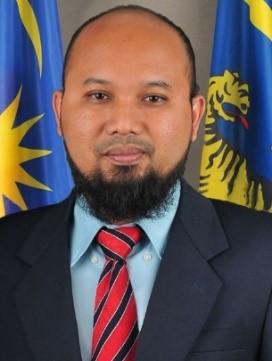
Prof. Hazlie Mokhlis, Universiti Malaya, Malaysia (Chairman of IEEE PES, Malaysia Chapter for 2020-2022)
Experience: Hazlie Mokhlis is a Professor in Power & Energy Systems. He is actively involved in research as a principal investigator with a total amount of research grant worth more than RM 2.5 million. He is the author and co-author of more than 300 publications in international journals and proceedings. Up to now, he had successfully supervised 33 PhD and more than 60 Master Studenst. He is also active as reviewer for many reputable journals and several international conferences in the area of power and energy system. His outstanding research had been recognized by Stanford University in 2020 and 2021 as one of the top 2% scientists in the world. In 2021 he was awarded Top Research Scientist Malaysia by Academic Science Malaysia. Besides research, he is also active in the development of Malaysian Standard as a member of Working Group in Development of Malaysian's Power System Analysis and Studies (WG6) and Expert Representative in IEC for project TC 8/PT 62786. Prof Hazlie is a Chartered Engineer with the Engineering Council UK and a Professional Engineer with the Board of Engineers Malaysia. He is also an external examiner/assessor for many local universities for the Electrical Engineering programme. Currently, he is chairman of IEEE Power Energy Society, Malaysia Chapter for 2020-2022 and Associate Editor for IEEE Access journal. His research is focusing on improving the efficiency and resiliency of power system operation.
Title: Impacts of Climate Changes and Potential Solutions for Electrical Supply Systems
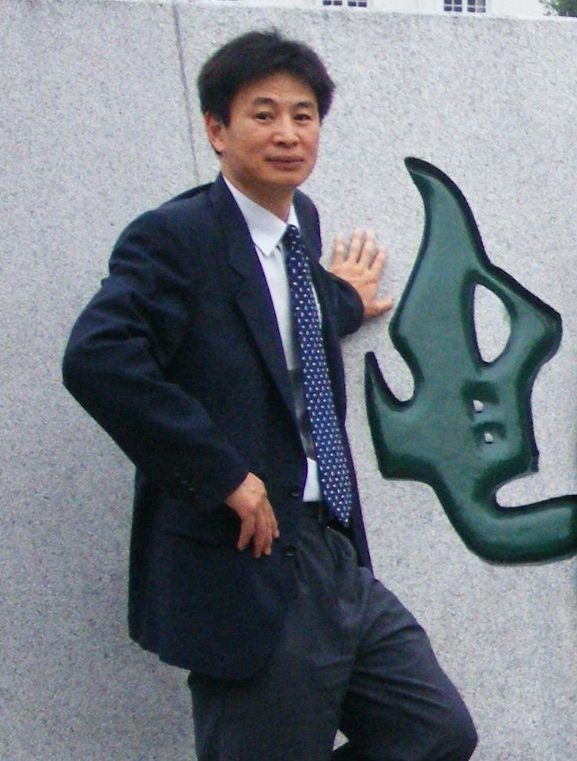
Prof. Jian Xun JIN, Tianjin University, China(IEEE Fellow)
Experience: Principal research area and interest include: Applied superconductivity, superconducting material characterization and application modelling, superconductors in strong current and electrical power applications, electromagnetic devices, electric machines, energy efficiency and green energy generation, electric cars, control and measurement technologies, where he has over two hundred sci papers published, ten books, and national research projects, etc.
Guest Editor-in-Chief of the IEEE Transactions on Applied Superconductivity ASEMD special issue; Chair of the IEEE China Council Council of Superconductivity Chapter; and General Chair IEEE ASEMD Conference.
Title: Towards to Form High Efficiency Power and Energy Grids with HTS Technology
There are various HTS power devices which have been developed either in theoretical designs or practical prototypes almost in the whole range of power systems, from cables, generators, current limiters, transformers, energy storages, energy pipelines, etc. HTS materials and their power devices can be utilized to form a high efficient power and energy system. Theoretical modeling, device characteristic, research status and application prospect of technology towards electrical power system stability, efficiency and energy management capability especially in forming future smart grids will be also presented and analyzed. This talk then presents the concept of future HTS smart grids, as well as the new concept of a HTS energy grid, with the design and characterization analysis of the HTS power devices and systems based on HTSs and their device application technology development.
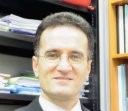
Prof. Hassan Bevrani, University of Kurdistan, Iran (IEEE Fellow)
Experience: Hassan Bevrani received PhD degree in electrical engineering from Osaka University in 2004. He is a full professor and program leader at of Smart/Micro Grids Research Center (SMGRC), University of Kurdistan, Iran. Over the years, he has worked with Osaka University, Kumamoto University, Kyushu Institute of Technology, Doshisha University, Nagoya University (all in Japan), Queensland University of Technology (Australia), Centrale Lille (France), , and Technical University of Berlin (Germany). He is the author of 8 international books (including Robust power system frequency control, Springer, 2009; Intelligent automatic generation control, CRC Press, 2011; Power system monitoring and control, IEEE-Wiley, 2014; Microgrid dynamics and control, Wiley, 2017, Optimization in Electrical Engineering, Springer, 2019, Renewable Integrated power system stability and control, IEEE-Wiley, 2021; and Grid connected converters: modeling, stability and control, Elsevier, 2022), 17 book chapters, and more than 400 journal/conference papers. He has been the guest editor of 6 volumes of Elsevier Energy Procedia and Energy Reports journals. Prof. Bevrani is senior member of IEEE and his current research interests include Microgrid dynamics and control, Smart grid operation and control, power system stability, and Intelligent/robust control applications in power electric industry.
Title: Grid-Connected Converters: Key Elements in Future Power Grids
Abstract: The capacity of installed converter-based distributed generators (DGs) and renewable energy sources (RESs) over the world is rapidly growing; and this increases the significance of grid-connected converters (GCCs) that interface the primary power sources to the grid. It is well known that the quality of control and functions of these power converters in different operation modes significantly affects the grid dynamic performance.
Moreover, the increasing penetration of converter-interfaced RESs and the control flexibility of GCCs motivate the use of these converters to develop additional ancillary services to control undesired system dynamics in the power grids. Moreover, appropriate control of GCCs has the potential to offset the intermittent nature of distributed energy resources and provide control support to the host utility during abnormal conditions. To this end, in the present speech, some new trends in GCCs modeling, control, and new functionalities in the visualization of virtual dynamics will be discussed.
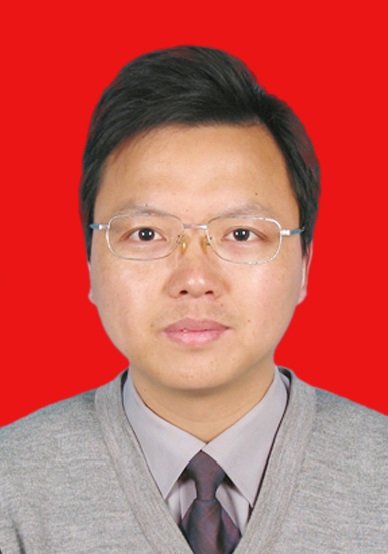
Prof. Jiang Wu, Shanghai University of Electric Power, China
Experience: Jiang Wu, Professor and Doctoral Tutor of Shanghai Electric Power University. He is the Expert of Special Allowance of the State Council, Shanghai Pujiang Scholar, Shanghai Shuguang Scholar, Project Appraisal Expert of National Natural Science Foundation of China, Secretary General of Environmental Protection Technology, Equipment Professional Committee of Chinese Society of Power Engineering, Deputy Director of Energy Clean Technology Special Committee of Shanghai Energy Research Society , Academic leader of the direction of "combustion and pollutant control" in Shanghai's key discipline "clean electricity production and green energy". He has published more than 80 SCI journal articles in Environmental Science & Technology, Applied Catalysis B: Environmental and other journals as the first corresponding author, with the highest impact factor of 16.68; leaded and published 3 English academic monographs, 2 chapters, 1 Chinese monograph; declared 100 invention patents and authorized 48 invention patents, of which 3 have achieved shared transfer. He has won three first and second prizes in the China International Industry Fair college exhibition area, two Shanghai Outstanding Invention Gold and Silver Awards, Shanghai Second Science and Technology Progress Award, China Machinery Industry Second Prize, Shanghai Technology Invention Third Prize, 2 first prizes of Shanghai Teaching Achievements.
Title: Mapping from Density of States to Energy Band-gap for Effective Screening of Bismuth-based Photocatalysts

Prof. Sheng Han, Shanghai Institute of Technology, China (Foreign Academician of Russian Academy of Natural Science)
Experience: Han Sheng, Ph. D., Professor, Doctoral tutor, Director of Science and Technology of Shanghai Institute of Technology. He has won more than 10 honors at the provincial and ministerial level and above, such as the National Project for Millions of Talents, “Hou Debang” Chemical Technology Innovation Award, Shanghai's leading talents, Shanghai Outstanding Technology Leader. Also, Prof. Han is the invited editor of many domestic and foreign journals, such as Fine Petrochemicals, Materials Herald, Chinese Chemical Letters.Prof. Han has presided over more than 70 horizontal and vertical projects, such as the National Natural Science Foundation Project, Shanghai Talent Development Fund, Shuguang Project. Published more than 290 research papers in Adv. Mater, Adv. Funct. Mate, Angew. Chem. Int. Ed, Small, Green Chem., Appl. energy, Fuel and other domestic and foreign journals as the first or corresponding author, 13 papers with high ESI citations. For another, Prof. Han has won more than 20 awards at the provincial and ministerial level and above, such as the first prize of China's invention and entrepreneurship achievements (2018), the second prize of Shanghai Science and Technology Progress Award (2015/2017/2020), the China Industry-University-Research Innovation Award (2020)).
Title: Graphene-Constructed Flexible Electrodes for Lithium Ion Batteries
Abstract: Porous metal oxides (MO) and high conductive graphene were extensively studied in flexible lithium-ion batteries (LIBs). We designed a series graphene-based material for flexible LIB anodes via using Metal-organic frameworks as the precursor and graphene as flexible substrate [1-3]. The hierarchical structure with flexible macroporous graphene network and metal oxide nanoporous framework can effectively promote lithium diffusion. The flexible electrodes can be directly compressed as binder-free LIB anodes which exhibited excellent capacity, rate performance, and super long cycling performance.
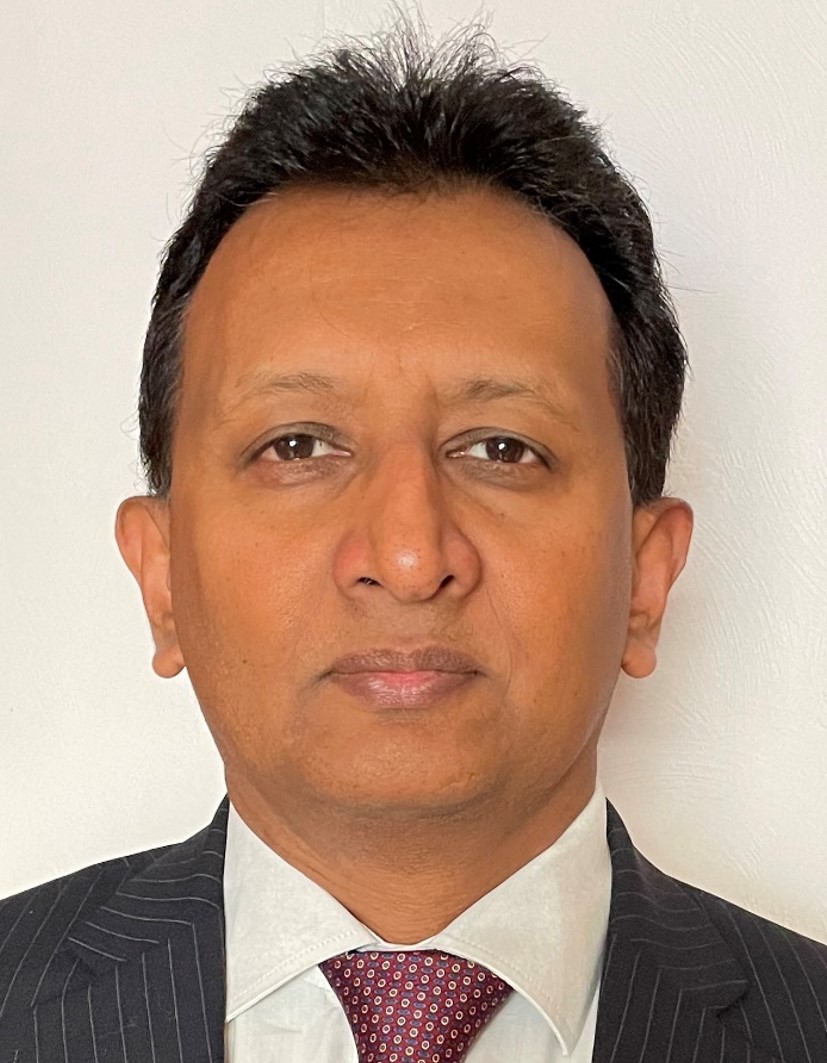
Dr. Rohitha Weerasinghe, University of Bedfordshire, England
Experience: Rohitha Weerasinghe, A member of the combustion group at Imperial College London where he obtained his PhD after reading in turbulent reacting flows in gas turbine combustion. Upon returning to Sri Lanka he conducted research in combustion in stoves and electric and hybrid vehicles. His solar assisted electric car project won the National Transport award in 2003 and was the first of the kind in Sri Lanka and was presented in Japan at the JSAE conference. He then joined University of Sussex carrying out research in hybrid powertrains and heat recovery bottoming cycles. He published his research regularly and was a member of the SAE hybrid powertrains committee. Since then he worked in the industry as an energy specialist where he devised energy strategies large commercial projects. In 2012 he joined UWE where he conducts research in heat transfer in downhole measuring equipment. He has made publications in this area and currently working on hybrid powertrain concept for river boats and marine applications.
Title: Cyber Security Breaches in Renewable Energy Power Plants and Conventional Power Plants
Conventional power plants are located only at a single or a few locations making them easier to security controlled physically. However, when renewable energy devices come into the picture, the feeding points are very widely distributed, for example wind turbines or solar power plants. Each wind turbine or a solar installation is an entry point to the national grid making the infrastructure vulnerable.
Access authentication, patch testing, implementation, and user education are vital parts of security. The present work looks at the modes and cost implications of security breaches in power plants, especially renewable energy powerplants. There is a significant shift in the security landscape when renewable energy sources are connected to the grid, making everything all more vulnerable and making the infrastructure cost and the cost of disruption significantly higher.
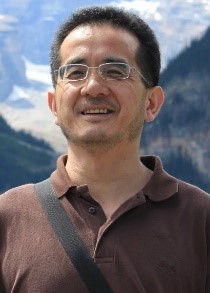
Prof. Jiazhong Zhang, Xi’an Jiaotong University, China
Experience:
My current research focuses on:
· Lagrangian description for unsteady flow and combustion: Lagrangian coherent structure, momentum transfer, lobe dynamics, targeted energy transfer, localization of energy, nonlinear energy sink, thermo-acoustics in combustion, resonance energy exchange, complex network of flow systems, topology and aerodynamic properties;
· Nonlinearity and singularity of N-S equation in view of the point of mathematics and the route to turbulence, Nonlinear non-equilibrium atmospheric thermal dynamics;
· Instability, sequence-bifurcation, the spatiotemporal pattern formation for the complex fluid mechanics and combustion, macroscopic quantum phenomena;
· Study fluid dynamics on manifolds, dynamics and the reduction of the continuum dynamic system with infinite-dimension or large degree-of-freedom based on the Inertial Manifold theories;
Title: Advances in Aerodynamics and Structure Dynamics of Offshore Wind Turbine with Lower Reynolds number
High aerodynamic performance and lightweight design are of fundamental importance in offshore wind turbine with lower Reynolds number, and are the well-established subjects of scientific investigation that attracts great interest of the mechanics community. Indeed, there are a very rich variety of singular or nonlinear phenomena in aerodynamics with lower Reynolds number, for example, flow separation, stall, breaking of separation bubble etc. Roughly speaking, such kind of singular phenomena can be considered as extreme events, and they may be natural or anthropogenic as the parameters are beyond the critical values. There exist some physical meanings in them, and scientists try to understand what lead to extreme events, how they develop, and when and where they could occur, since there exist relationships between singularities and aerodynamic performance.
For example, the breaking of separation bubble is the main route to vortex shedding, which is a complex unsteady flow. More, it has an important influence on the aerodynamic performance near stall. Recently, experiments show that some kind separation bubbles and their breakings, which are induced by some unsteady perturbations or excitations, can lead to the improvement of the aerodynamic performance in a sense. For such kind of singular phenomena, the dynamic behaviors, such as mass and momentum transfer, play important role in their formations.
For complex unsteady flow, the traditional Eulerian description is no longer available to describe such dynamics, which is related to mass and momentum transfers. To this end, Lagrangian Coherent Structures (LCSs) are used to describe the Lagrangian dynamics, and the Lagrangian patterns, which are inherent following their definitions, is captured. More, LCS is used to study the modes in such complex flow, in order to find the fundamental modes which dominant the flow pattern and aerodynamic performance. Also, the mode jumping or mode transition and internal resonance between modes can be studied further.
In the presentation, Lagrangian Coherent Structures are introduced firstly, and then some typical singular behaviors in the flow around airfoil are studied using LCSs. In particular, the bifurcations or instabilities of flow structure or LCSs patterns are analyzed numerically, as well the relationships between singularities and aerodynamic performance.
Similarly, there exist some nonlinear phenomena in aeroelasticity or fluid-structure interaction, such as nonlinear energy sink (NES) and targeted energy transfer (TET), and lightweight design could be carried out as gaining the key understanding of the nonlinear phenomena. In the presentation, NES and TET are explained in detail, and some examples are given.
As a conclusion, the results show that LCSs presented is powerful for the analysis of the complicated flows around airfoil, and some nonlinear phenomena can be captured and analyzed by the method. Further, the aerodynamic performance can be improved feasibly by controlling or modifying the LCSs or fundamental modes. Moreover, lightweight design of offshore wind turbine can be reached as NES and TET are introduced.